Himalayan Balsam: an invasive species
Himalayan balsam (HB) is seen to be a beautiful plant, by some. The Victorians certainly took a shine to it and brought it to England, to put in their gardens. Little did they know the damage this plant would cause in the years following.
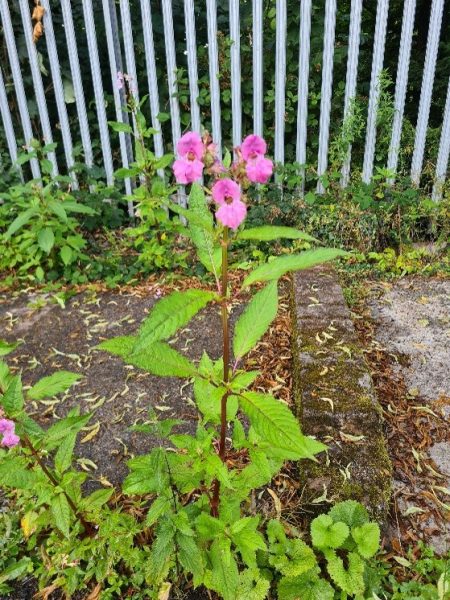
Himalayan balsam (Impatiens glandulifera) is an annual, meaning that each plant will grow each year, set seed and then die off. The problem is in the number of seeds it produces – a whopping 800! The seeds are in pods which can fire over seven metres away. Add natural aids like wind and water and you’ll find these plants popping up all over the place! The seeds can actually stay dormant in the ground for a couple of years, so in order to completely get rid of the plant, you have to keep going back to ensure you haven’t missed one.
The problem
You may be thinking, ‘why get rid of the plant it’s so beautiful?’ Well, this plant outcompetes our native plants. This reduces the amount of biodiversity (plants, insects and animals) in any one area. Bees utilise HB flowers but this reduces the diversity of other plants as bees are needed to pollinate native plants. If they’re busy pollinating invasive species they’re not pollinating native plants, thus reducing the chances of native plants reproducing.
The other major issue with HB is its roots. They are very small in comparison to the plants size, with roots only several inches long. It typically grows between 4-10ft. However, one of our volunteers found one at 12ft! The short roots along with Himalayan balsam outcompeting other species means that there aren’t any roots knitting together banks, such as along rivers or railway lines. This can result in bank erosion and/or even banks collapsing.
Balsam 2018 vs Balsam 2023
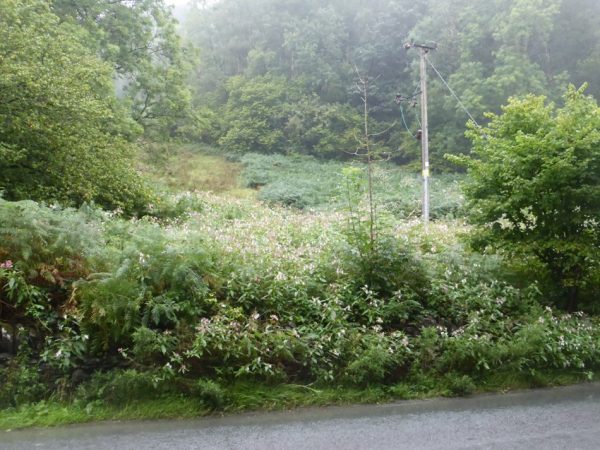
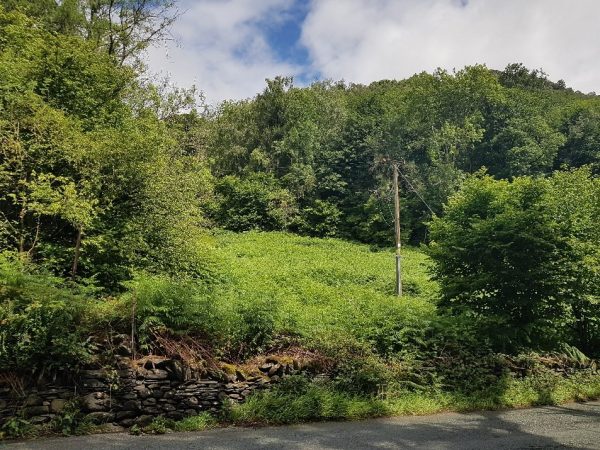
The pictures are before and after a balsam bashing event. We tackled this site using scythes and pulling the plant by hand. They demonstrate how tall the plants are, how dense and how little other vegetation there is here. For farms, this means less area for grazing and for nature to flourish. The watercourse alongside is probably how this population of HB came to be on this site. All the balsam is left in heaps, as it’s an offence to remove Himalayan balsam from any site, due to the risk of spread. We ensure the root base is removed and any seed pods developing are in the heart of the pile. This prevents seeds from travelling elsewhere. If the seeds do manage to produce a plant the following year, the plants will all be in one location and we can deal with them before they set seed.
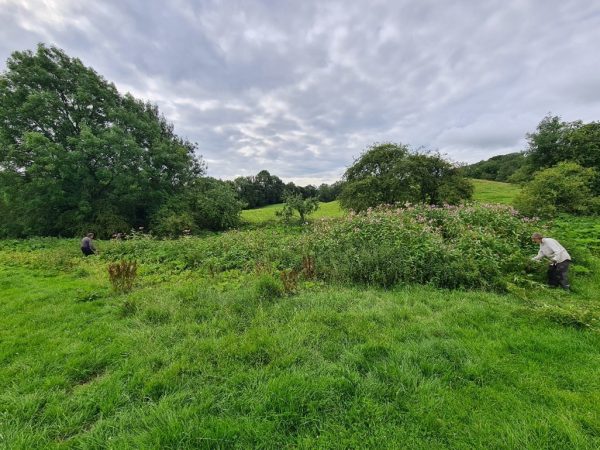
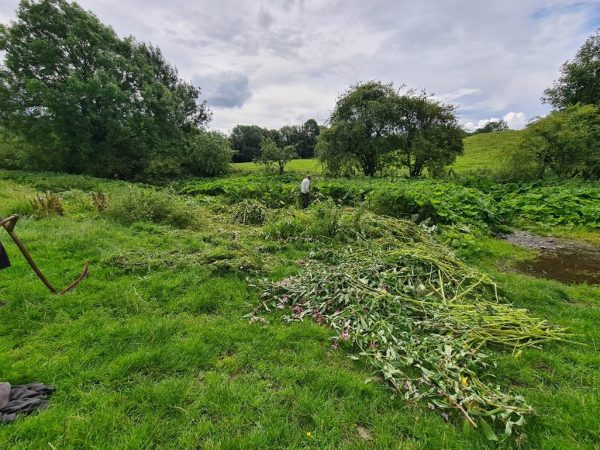
Pulling balsam is quite therapeutic because of how easy it is to pull up. If you fancy giving it a bash, (..get it, we call it Balsam Bashing) then get in contact with SCRT and we’ll send details of events (info@scrt.co.uk or to me at sammy@scrt.co.uk). The balsam pulling season is almost over for 2023 but we will certainly keep you apprised of opportunities next year.
Thanks for taking the time to find out about our work. And maybe we’ll see you at a balsam bashing event in the future.
